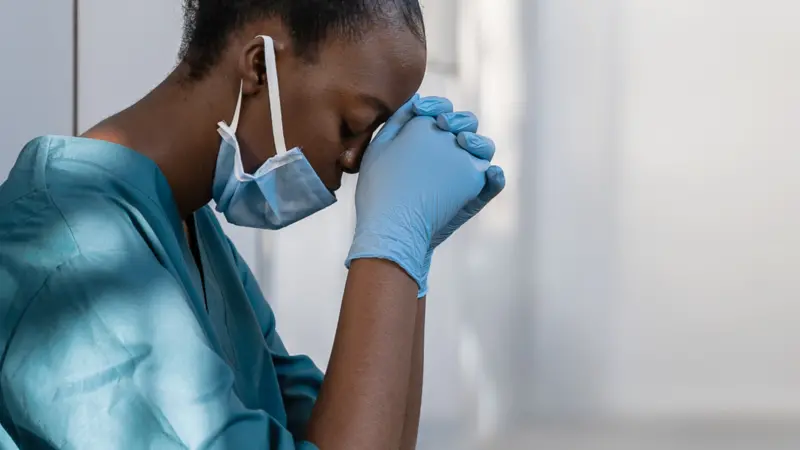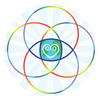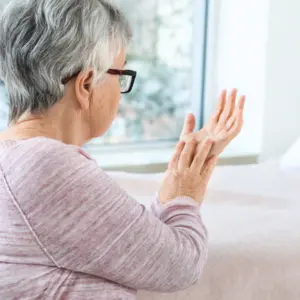

WELLthier Living and Aging

WELLthier Living and Aging
Doctor Suicides in the COVID-19 Pandemic
Doctor suicide is an uncredited reality of the United States medical system. According to a systematic literature review conducted by the Harlem Hospital Center in New York, physicians have the highest suicide rate of all professions—between 28 and 40 per 100,000. In the past several months, the crisis of COVID-19 has increased this rate. The death by suicide of Dr. Lorna Breen, an ER physician at New York Presbyterian’s Allen Hospital, who treated many coronavirus patients, brought new attention to the problem.
Pamela Wible, MD, who runs a helpline for physicians and medical students contemplating suicide, believes that the crisis stems from guilt, bullying, and exhaustion, which can begin in the first year of medical school. Medical students are often hazed and humiliated in front of their peers and even patients, leading to a feeling of failure and depression. According to a study carried out by the National Institutes of Health and the US Department of State, 27.7% of medical students suffer depression and 11.1% have suicidal ideation, yet only 16% seek treatment due to fear of being stigmatized or even punished by their peers and schools.
Sleep starvation is a major factor in doctor and medical student suicide and mental illness. Interns are permitted to work 80 hours a week, often on 24-hour shifts. Residents and doctors are expected to perform perfectly despite the exhaustion and burnout that comes with lack of sleep, creating stress and a decline in mental health. Dr. Wible suggests that hospital treatment of doctors is abusive, and even breaks the UN Declaration of Human Rights.
With the COVID-19 pandemic, doctors are presented with new stressors. Inadequate safety equipment, understaffed hospitals, and the risk of transmitting the virus to their families has made medical staff more vulnerable to anxiety and depression. Dr. Wible has seen a doubling in the volume of calls to her helpline since the start of the pandemic.
Doctor suicides are often covered up by hospitals and denied by administrators, thus protecting the medical system from addressing systemic problems. By doing so, they put other medical workers at risk of illness and death by similar means.
REFERENCES
Schepker, K. (2020, June 19). COVID and doctor suicide: Converging epidemics. https://holisticprimarycare.net/topics/psyche-soma-a-spirit/covid-doctor-suicide-converging-epidemi…


 By
By



